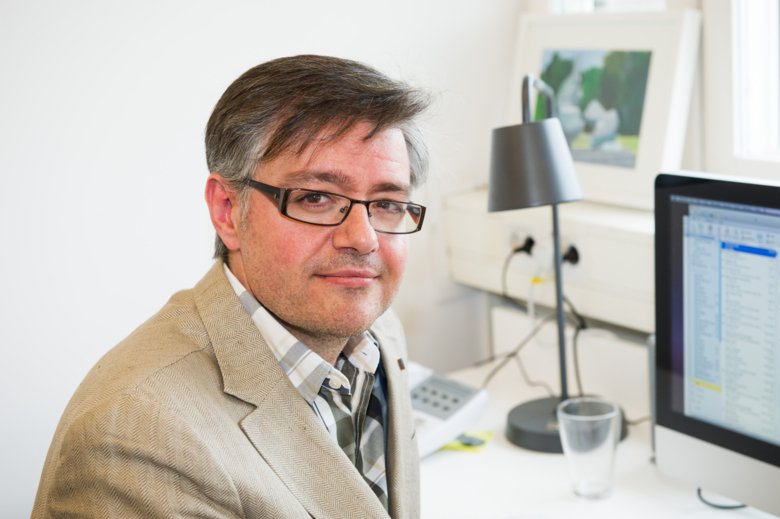The world’s largest genetic study on OCD is being conducted in Sweden
By mapping the genome of 10,000 patients with OCD, Swedish and international researchers are hoping to create a new map of the disorders.

Text: Fredrik Hedlund, first published in the magazine Medicinsk Vetenskap no.1/2020.
One of the major issues within the area of obsessive-compulsive and related disorders is a lack of knowledge about their causes. Despite these disorders being as common as diabetes our understanding is very limited.
“Compared to other psychiatric diseases like schizophrenia or depression, OCD is far behind the curve when it comes to identifying specific genetic markers. There’s no single identified gene we can confidently associate with OCD,” says David Mataix-Cols, professor of psychology at the Department of Clinical Neuroscience at Karolinska Institutet.
For this reason, he is now leading the world’s largest study on the genetics behind obsessive-compulsive disorder, known as the NORDiC-study. The idea is to conduct a genome-wide association study to map the participants’ genome.
“With our Norwegian colleagues, we plan to recruit 10,000 patients with OCD and similar conditions and then map their DNA,” says David Mataix-Cols.
Sweden and Norway
The reason the study is being conducted in Sweden and Norway instead of a more densely populated region, with a larger pool of patients, is the access to the national administrative registers.
“What’s unique with this study, besides its scope, is that we have access to information from each individual gathered in the national registers starting the day they were born. With this information we can try to understand how genes and environment interact. The Nordic region is probably the only place in the world where you’ll find such detailed information on the participants of a genetic study,” according to David Mataix-Cols.
The genomes of the 10,000 patients will be compared to those from healthy controls, already available from other studies. The data from the Nordic study will then be both analysed separately and combined with similar data from all over the world.
“Even though 10,000 patients is a huge amount it’s still not enough. That’s why we will collaborate with other researchers around the world. When we have enough patients, the first risk genes will begin to emerge. Our preliminary data shows that we’ve just had our first genetic hit, which is very encouraging. Worldwide, we now have a total of 15,000 patients of which we’ve provided about 1000,” says David Mataix-Cols.
Ongoing global effort
He sees the research as an ongoing global effort to constantly increase the number of available DNA samples from patients.
This is long-term research that will hopefully lead to new treatments, but David Mataix-Cols warns against hopes of quick results.
“We’re conducting this study to learn more about how OCD works, and the big question is if we can learn enough to develop new and better treatments for these disorders. That is what we all hope to do. We’re following the footsteps of the research conducted in schizophrenia. Their first hits came when they had about 10,000 patients and now they have 100,000 patients and have identified about 300 risk genes. However, despite the research conducted on schizophrenia being miles ahead of us they still haven’t found any actionable targets. So it is difficult,” says David Mataix-Cols
